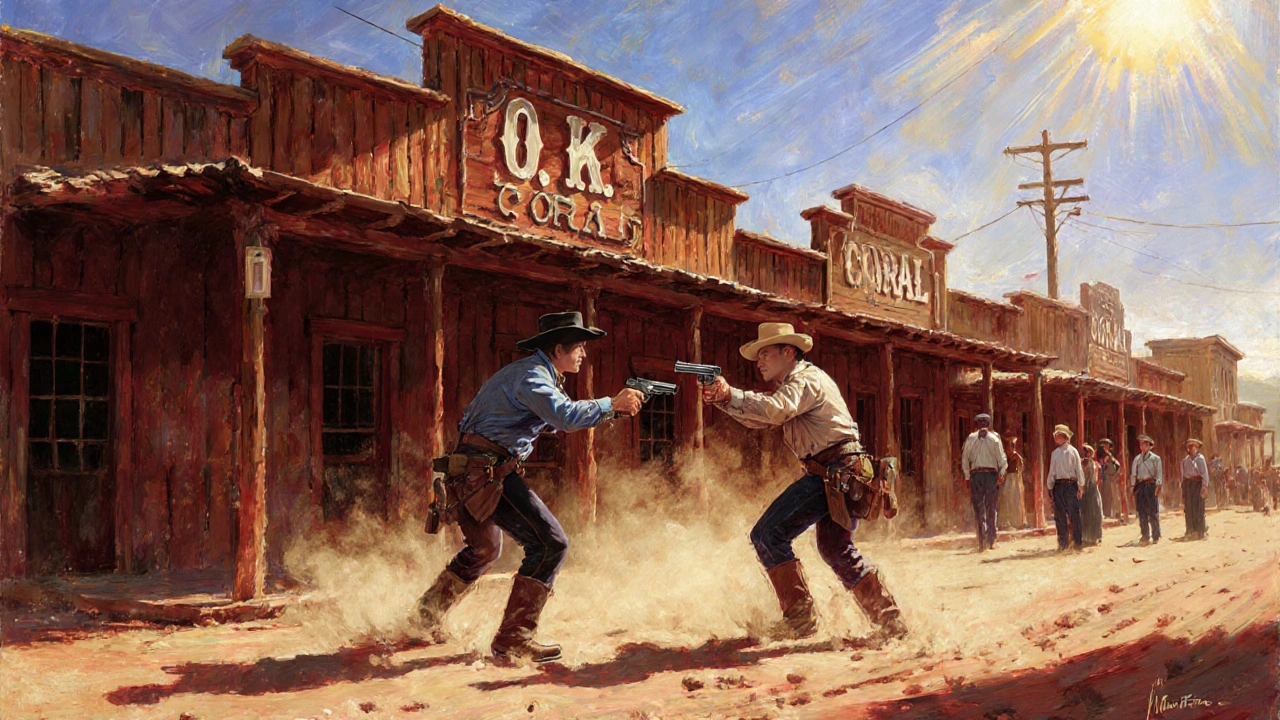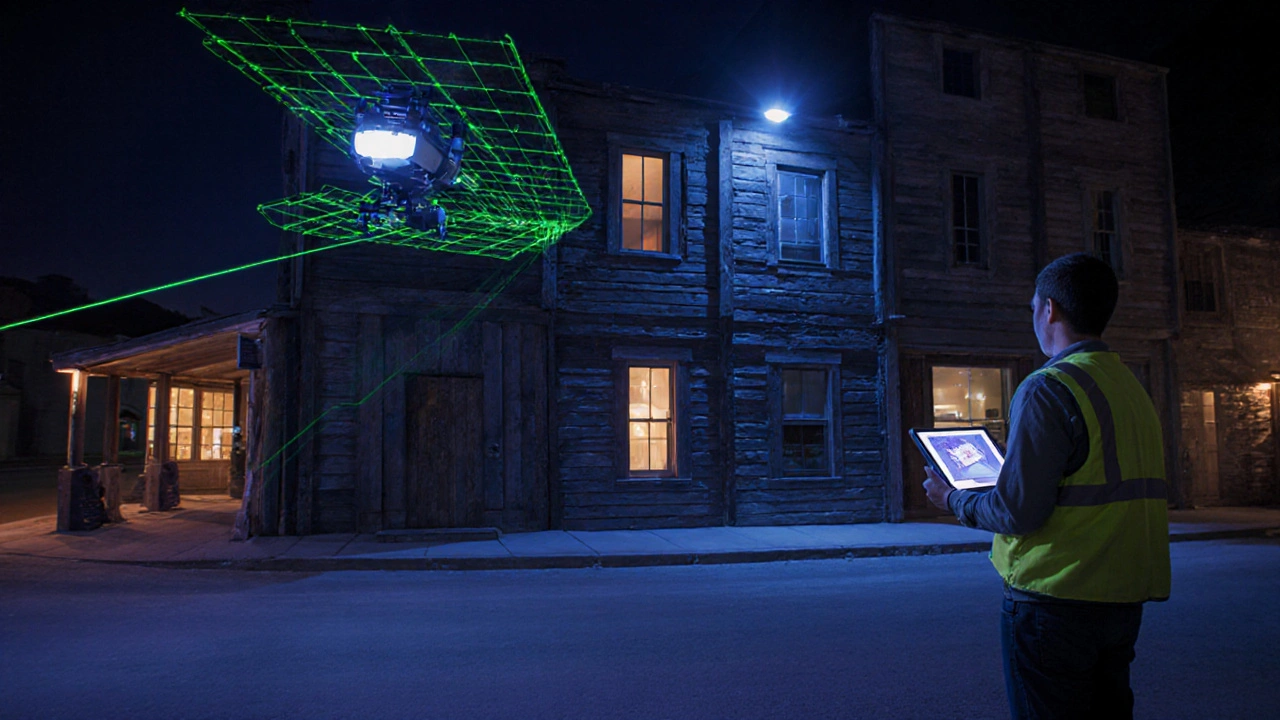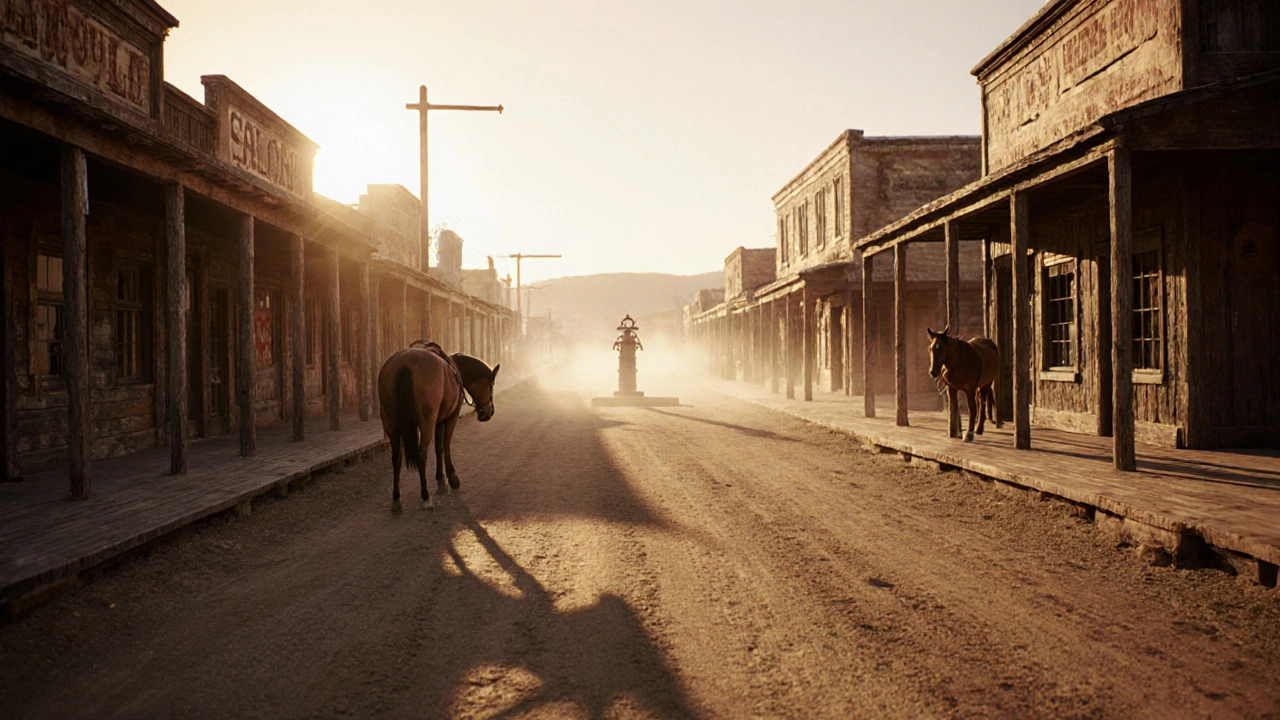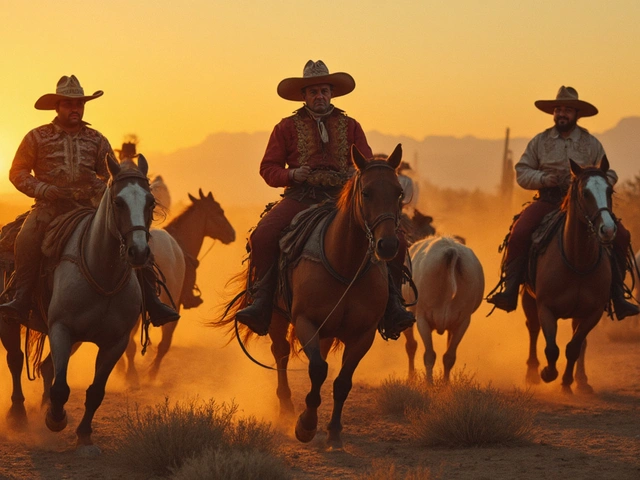Old West Town Planner
Find Your Perfect Wild West Town
Answer a few questions to discover which surviving Old West town best matches your interests and travel needs.
This tool uses key factors from the article to help you choose the best Old West town based on:
- Seasonal accessibility
- Preservation status
- Historical significance
- Modern amenities
Remember to:
- Check seasonal hours before visiting
- Bring water and snacks in remote areas
- Respect preservation rules
- Consider guided tours for historical context
Ever wonder if a real‑life Old West towns still exist beyond movie sets and theme parks? The answer is a definite yes-though they’re scattered, often tiny, and each carries its own slice of frontier history. Below we’ll explore why these towns survived, where you can actually walk their streets, and what makes each spot worth the trip.
When we talk about an Old West town is a settlement that sprang up during the American frontier era-roughly 1840 to 1900-and retained the architecture, culture, and stories of that rugged period. Some of these places faded into obscurity, becoming ghost towns after mines ran dry or railroads rerouted. Others were deliberately preserved by governments or private groups, turning them into living museums.
Why Some Towns Vanished While Others Endured
- Economic foundations: Towns built around a single mine or a short‑lived railroad boom often evaporated once the resource was exhausted.
- Geographic location: Settlements near major highways or tourist corridors had a better chance of being repurposed for modern visitors.
- Preservation efforts: Federal or state agencies, like the National Park Service, stepped in to protect sites with national historic significance.
- Community initiative: In a few cases, descendants of original families formed historical societies to keep the towns alive.
Top Surviving Old West Towns You Can Visit Today
| Town | State | Founded | Current Population | Main Attraction | Preservation Status |
|---|---|---|---|---|---|
| Deadwood | South Dakota | 1876 | ~1,200 | d>Historic Main Street, Black Hills Gold Rush museums | National Historic Landmark |
| Tombstone | Arizona | 1879 | ~1,300 | O.K. Corral reenactments, historic saloons | State‑preserved historic district |
| Dodge City | Kansas | 1872 | ~2,400 | Boot Hill Museum, cattle drive heritage | City‑managed heritage tourism |
| Virginia City | Nevada | 1859 | ~800 | Comstock Lode mining history, St. Mary’s in the Mountains | National Historic Landmark District |
| Bodie | California | 1859 | 0 (preserved as a ghost town) | Authentic ghost‑town experience, State Historic Park | California State Historic Park |
What Makes Each Town Unique?
Deadwood earned fame from Wild Bill Hickok’s fatal encounter at the town’s saloon. Today, its preserved wooden facades and live‑action shows let visitors step into an authentic 1870s atmosphere. The town’s designation as a National Historic Landmark means any renovation follows strict preservation guidelines.
Tombstone is forever linked to the legendary gunfight at the O.K. Corral. While most of the original buildings have been reconstructed, the town’s annual reenactments draw tourists from around the globe. The state historic district status ensures the layout mirrors its 1880s streetscape.
Dodge City still wears its “cowboy capital” badge proudly. The Boot Hill Museum showcases original artifacts, including a preserved stagecoach. Unlike many ghost towns, Dodge City has a thriving local economy, making it a blend of living community and heritage site.
Virginia City sits high in the Sierra Nevada mountains and was the epicenter of the Comstock Lode silver rush. The town’s narrow, steep streets and meticulously restored buildings give a palpable sense of mining life. Its National Historic Landmark District status protects both architecture and the surrounding landscape.
Bodie is the ultimate ghost town, frozen in time by the California State Historic Park. No modern utilities run through its streets, and all structures remain as they were when the last resident left in 1915. It’s a “living museum” where you can walk through abandoned homes, a saloon, and a schoolhouse-all under the watchful eye of park rangers.

How to Plan Your Visit
- Pick a region: The towns are spread across the West, so grouping them by state reduces travel time (e.g., Deadwood and Rapid City in South Dakota; Tombstone and Bisbee in Arizona).
- Check seasonal hours: Many sites close in winter due to snow or limited daylight. For instance, Bodie’s access roads can be impassable after heavy snowfall.
- Book guided tours: While you can explore independently, a local guide often adds context-like pointing out hidden graffiti in Deadwood’s historic jail.
- Plan for amenities: Some towns, such as Bodie, have no services. Pack water, food, and a first‑aid kit.
- Respect preservation rules: Do not climb on structures, remove artifacts, or litter. Parks like the California State Historic Park impose fines for violations.
Preservation Challenges and Future Outlook
Maintaining authentic Old West towns isn’t easy. Climate change brings harsher weather; for example, increased wildfires threaten the wooden facades of Deadwood and Virginia City. Funding is another obstacle-many sites rely on a mix of state subsidies, private donations, and tourism revenue.
However, new technologies are helping. The National Park Service has piloted 3‑D laser scanning to create digital archives of endangered structures. These models allow virtual tours and serve as a backup if physical preservation fails.
Community involvement also grows. In Dodge City, a local “Heritage Volunteers” program trains residents to perform basic restoration work, ensuring that skills stay in‑house rather than outsourcing to external contractors.

Quick Checklist Before You Go
- Confirm opening days and hours (most sites close on major holidays).
- Reserve accommodations early-towns like Deadwood have limited lodging.
- Bring layers; mountain towns can shift from sun to snow in an hour.
- Download a map offline-cell service can be spotty in remote areas.
- Respect historic preservation signs; they’re there for a reason.
Conclusion: The Old West Lives On
Yes, genuine Old West towns still exist, and they’re more than photo ops. Each settlement tells a story of ambition, conflict, and community that shaped America’s frontier. Whether you’re a history buff, a photographer, or just curious about life on the edge of civilization, stepping into these towns offers a tangible connection to the past.
What defines an Old West town versus a regular ghost town?
An Old West town specifically originated during the frontier era (mid‑1800s to early 1900s) and retains architectural or cultural elements from that period. A regular ghost town may have been founded at any time and lacks the distinct western frontier vibe.
Can I drive to Bodie, or is a guided tour required?
You can drive to Bodie via State Route 270, but the road is rough and unpaved in places. A guided tour isn’t mandatory, but park rangers highly recommend joining one for safety and historical context.
Are there any Old West towns that still have a permanent resident population?
Yes-Deadwood, Tombstone, Dodge City, and Virginia City all have small year‑round populations, ranging from a few hundred to a couple of thousand residents.
What time of year is best to visit these towns?
Late spring through early fall offers the most reliable weather and open attractions. Summer can be hot in places like Arizona, while winter may bring snow closures in mountain towns such as Virginia City.
How do preservation efforts fund the upkeep of these historic sites?
Funding comes from a mix of federal or state grants (e.g., National Park Service allocations), tourism revenue, private donations, and local fundraising events. Some towns also charge entry fees for museums or guided tours.







Tonya Trottman
October 23, 2025 AT 08:09